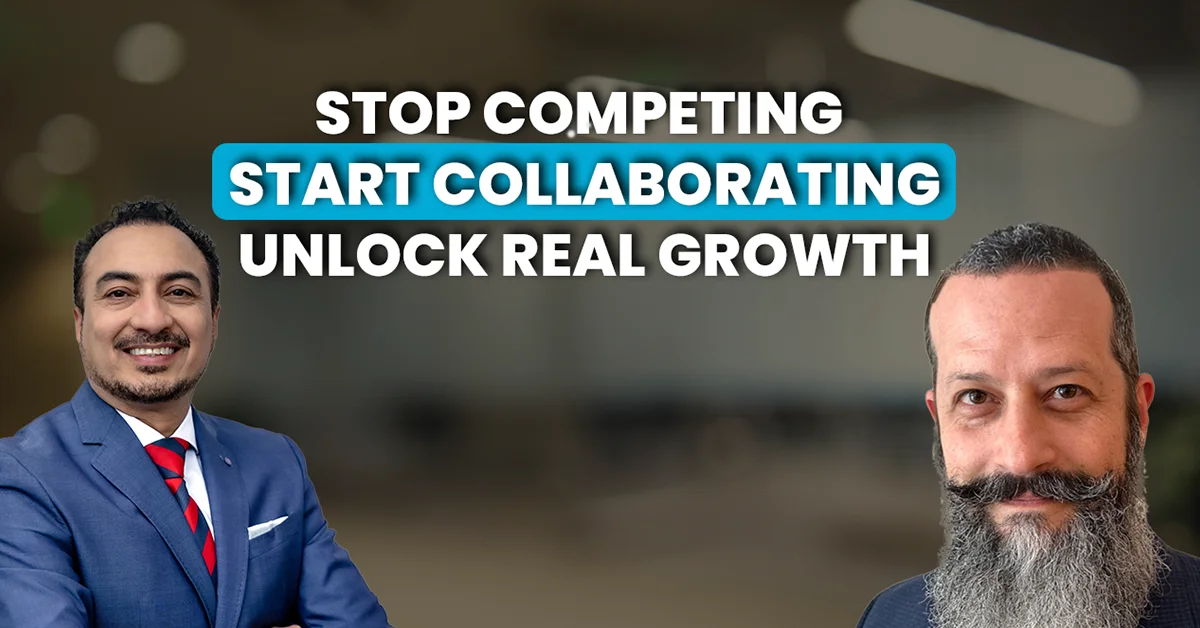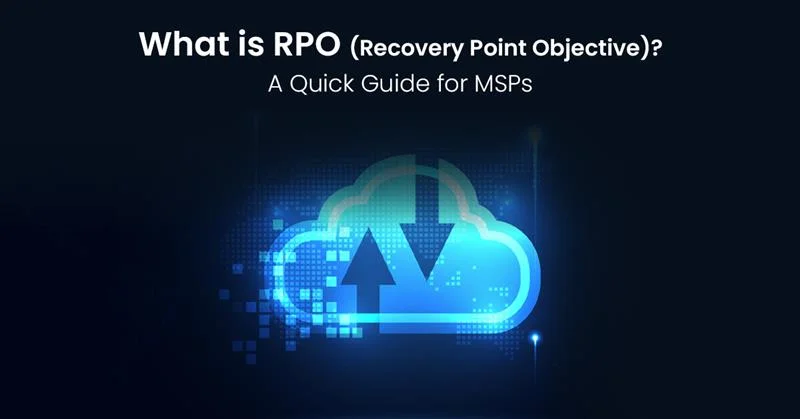Organizations are inherently functional in nature. They’re comprised of individuals, each one performing functions, and the performance of functions leads to outcomes. There is no guarantee, however, that these outcomes are the ones that the organization’s leadership intended. To deliver intended results requires structure, and the framework of that structure starts with mission and vision, which then cascade down to the goals that drive the performance of tasks. In a perfect world, all of the functions an individual performs will move the organization towards its mission.
In this first article in our series on goal-setting, we’ll outline the role that goals play in a high-functioning organization.
A mission statement defines the organization’s business, objectives and how it will reach those objectives. It’s tangible, and the best mission statements articulate a business in a way that even an outsider can easily understand.
An MSSP might have a mission statement like “MSSP Co provides managed cybersecurity to medical businesses in the Tri-State area.” This message defines the market, and by specifying “managed” also outlines the role that the organization plays.
By contrast, the vision statement is a higher level statement, something that expresses an aspirational outcome. The same MSSP could have a vision “We aim to create a secure world for medical businesses so they can focus on their patients.”
A vision statement can be even more expansive than that; many enterprises use vision statements that speak to all of humanity.
Goals
Goals are the different milestones on the way to achieving the mission. The organization will have goals, and each individual team and contributor will also have goals. The key is that goals should start at the highest level, but then cascade down so that every person within the organization has goals that directly contribute to the high level goals.
When senior leaders understand the flow of goals up and down the organization, they can design an organization with intentionality. This means that each member of the organization, and the goals associated with their role, contribute to the overall mission.
If the MSSP with the mission statement above would have service goals associated with patches or with remediating incidents, but also would have goals for their sales team associated with building share of the medical market in the Tri-State area.
The most successful organizations are the ones where the mission contributes the grand vision. But each set of goals builds up to that mission. When that happens, there is very little wasted effort within the organization, and each person on the team understands how their role contributes to the mission, creating a high level of engagement.








